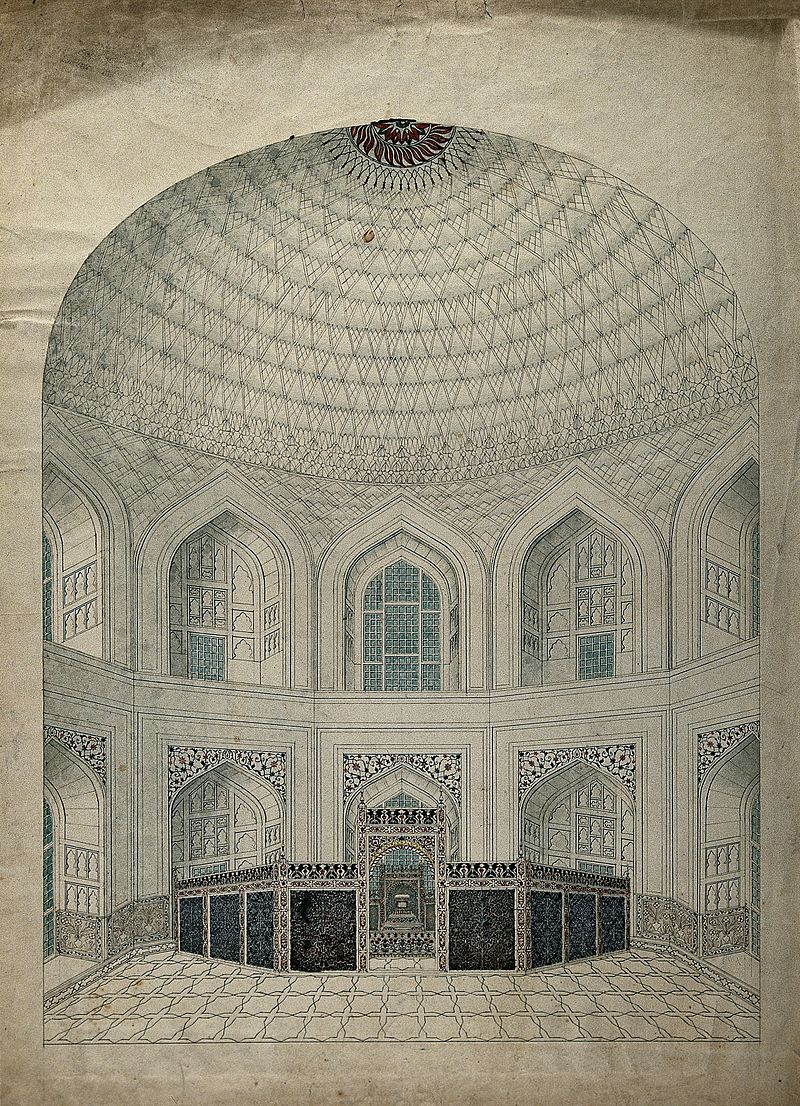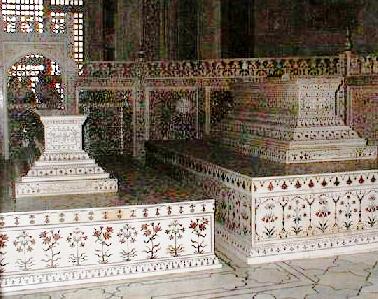
Tuesday, 8 August 2017
Saturday, 5 August 2017
Wednesday, 26 July 2017
Tuesday, 12 April 2016
BEIJING NATIONAL STADIUM
Beijing National Stadium hosted the Opening and Closing Ceremonies, athletic events, football heat up final of the 2008 Summer Olympics from 8 to 24 August 2008. The stadium also hosted the Opening and Closing parties and athletic events of the 2008 Summer Paralympics from 6 to 17 September 2008. Though designed for track & field events of the Olympics, the stadium forwards to host sporting events, such as football, afterwards. A shopping mall and a hotel, with rooms looking the fields, are planned to help increase use after the Olympics. Li stated, "This will become the most usefull public space in Beijing."
URUGUAY CIRCULAR BRIDGE
URUGUAY CIRCULAR BRIDGE

The bridge spanning Uruguay's Laguna Garzón is hardly uncomplicated.
The bridge spanning Uruguay's Laguna Garzón is hardly uncomplicated.
In fact, it's a circle.
Designed by Rafael Architects — the same solid behind Uruguay's glossy Carrasco Airport and the whisper-thin New York skyscraper 432 Park Ave. — the Laguna Garzón bridge was constructed with a clear-cut plan in mind: get more people across the lagoon and slow down their vehicles in the operation
Before the architecture firm came along, the only way travelers could traverse Laguna Garzón was via a introductory raft crossing. One by one, cars would load onto individual rafts that could transport them to the other side.
now bridge in place, more than 1,000 vehicles will cross a day, according to Consultatio Real Estate.Each half of the circular bridge is made up of a one-way road that swings out wide into the lagoon. As inimical to ordinary bridges, where motorists can speed down a mile-long straightaway, the Laguna Garzón bridge forces people to slow down.
The entire esteemed project cost $11 million, $10 million of which came from Argentinian real-estate developer Eduardo Constantini.
According to Constantini, the bridge will also serve as a tourist attraction, observation deck, fishing spot, and learned link between the counties of Rocha and Maldonado.
"It is an iconic architectural piece that will be a impetus factor in driving the development of Rocha's coastline," the developer said in an email statement to Tech Insider. "Just 35% of the stretch between the two lagoons can be developed and 50% must be devoted to green areas."The bridge is meant to usher in a new passage of Uruguayan culture, Constantini explains. Maldonado county is already justly developed, while Rocha remains mostly unused
Six years worth of public hearings and agreements went into building the round piece of infrastructure. Construction began in September 2014 and the bridge is now open to the public, a little over a year later.
Sunday, 3 April 2016
ITAIPU DAM AND ITS SIGNIFICANCE
ITAIPU DAM AND ITS SIGNIFICANCE
ITAIPU dam is considered as one of The Seven Wonders Of The Civil Engineering World series, . This potence emerging dam is located on the Parana River on the border between Brazil and Paraguay. The name ‘Itaipu’ refers ‘the sounding stone’ in the Guaraní language.
hydroelectricity is a term referring to electricity which is generated through the use of the gravitational force of moving water (either by falling or flowing). Hydroelectricity is the most extensively used form of renewable energy on the planet and is expected to increase its usage by 3.1% each year for the next two decades. being a rich renewable energy source another benefit of creating electricity in this way is that the cost is relatively low in comparison with other energy-production methods.
The consultant engineer for this project was Piero Sembenalli who look after the project for the seven years of construction. The building of this structure cost £13.5 bn and providing jobs to 40,000 workers over the construction period following by constructing new houses, schools and hospitals so that they could live near by to the project. Before construction on the dam could begin, the engineers had to plan a way of shifting the course of the Parana River. This part of the project took three years as it required workers to cut a 1.3 mile long, 300 foot deep channel for the river to reroute to; this process required the removal of fifty million tonnes of earth and rock.The plans of the dam showed that it was not to be supported by any bodily or natural features and due to the water pressure calculated to be equal to the strength of 4000 bulldozers, the dam had to bear the weight of 61 million tonnes so that water could not move it.
In terms of annual energy production, The Itaipu Dam is the world’s largest managing hydroelectric facility. There are currently twenty generator units that are installed in the dam, ten of these units produce 50 Hz for Paraguay and the other ten unites generate at 60 Hz for Brazil. Brazil receives more of the energy in comprance to paraguay. To give you an idea of the huge amount of energy that this dam produces, if the quota of energy that produced by this every year was used to power the electricity in London, it would fulfil the city’s electricity needs continuously for the span of three years
TAJ MAHAL
The Taj Mahal; Arabic for "Crown of Palaces", named as an ivory-white marble mausoleum at india on the south bank of the "Yamuna" river in the city of Agra near the delhi. It was instruct in 1632 by the Mughal emperor, Shah Jahan (reigned 1628–1658), to house the tomb of his the favorite wife, Mumtaz Mahal. The tomb is the centrepiece of a 42-acre of complex, which carry a mosque and a guest house, and is set in formal gardens belted on 3 sides by a crenellated wall.


Interior view of the vaulted dome The false sarcophagi of Mumtaz Mahal and Shah Jahan over the tombs of Shah Jahan in the main chamber
and Mumtaz.
Construction of the mausoleum was essentially enup in the year 1643 but work continued on other phases of the project for another ten years. The Taj Mahal complex is accepted to have been endup in its entirety in the year of 1653 at a cost estimated at that time to be around "32 million" rupees, which in 2015 would be approximately estimated "52.8 billion" rupees (US $827 million). The development project workers employed some above 20,000 artisans under the guidance of a board of designer led by the court architect to the emperor, Ustad Ahmad Lahauri.
Architecture and design:
The Taj Mahal absorb and expands on the design culture of Persian and earlier Mughal architecture. Specific motivation came from the successful Timurid and Mughal constructions addind; the Gur-e Amir (the tomb of Timur, progenitor of the Mughal dynasty, in Samarkand), Humayun's burial, Itmad-Ud-Daulah's burial (sometimes called the Baby Taj), and Shah Jahan's own Jama Masjid in Delhi. While earlier Mughal buildings are primarilyhas constructed of purely red sandstone, Shah Jahan promoted the use of the white marble inlaid with the semi-precious stones. Buildings are under his patronage was reached new levels of refinement.
Shah Jahan and Mumtaz Mahal
Shah Jahan
"Shah jahan on a globe" from the Smithsonian Institution
Mumtaz Mahal
Artistic depiction of Mumtaz Mahal
Tomb
The burial(tomb) is the central focus and famoused of the entire complex attractive of the Taj Mahal. It is a large and bigg, white and white marble structure standing on a square podium and having of a equal building construction with an iwan (an arch-shaped doorway) topped by a large dome and at last finial. Like most Mughal burial, the basic elements are Persian in origin.
The base structure is a large multi-gaping cube with chamfered corners forming an unsymentrical eight-sided structure that is approximately 55 metres (180 ft) on each of the four long sides. Each side of the iwan is framed with a huge pishtaq or vaulted entrance with two equally shaped arched balconies stacked on either side. This motif of deformed pishtaqs is replicated on the chamfered of corner areas, making the design completely equal on all sides of the building. 4 minarets frame the tomb(burial), one at each corner of the plinth facing the chamfered corners. The main chamber houses the false sarcophagi of Mumtaz Mahal and Shah Jahan; the actual graves are at a lower level.


Interior view of the vaulted dome The false sarcophagi of Mumtaz Mahal and Shah Jahan over the tombs of Shah Jahan in the main chamber
and Mumtaz.
Construction of the mausoleum was essentially enup in the year 1643 but work continued on other phases of the project for another ten years. The Taj Mahal complex is accepted to have been endup in its entirety in the year of 1653 at a cost estimated at that time to be around "32 million" rupees, which in 2015 would be approximately estimated "52.8 billion" rupees (US $827 million). The development project workers employed some above 20,000 artisans under the guidance of a board of designer led by the court architect to the emperor, Ustad Ahmad Lahauri.
Architecture and design:
The Taj Mahal absorb and expands on the design culture of Persian and earlier Mughal architecture. Specific motivation came from the successful Timurid and Mughal constructions addind; the Gur-e Amir (the tomb of Timur, progenitor of the Mughal dynasty, in Samarkand), Humayun's burial, Itmad-Ud-Daulah's burial (sometimes called the Baby Taj), and Shah Jahan's own Jama Masjid in Delhi. While earlier Mughal buildings are primarilyhas constructed of purely red sandstone, Shah Jahan promoted the use of the white marble inlaid with the semi-precious stones. Buildings are under his patronage was reached new levels of refinement.
Shah Jahan and Mumtaz Mahal
Shah Jahan
"Shah jahan on a globe" from the Smithsonian Institution
Mumtaz Mahal
Artistic depiction of Mumtaz Mahal
Tomb
The burial(tomb) is the central focus and famoused of the entire complex attractive of the Taj Mahal. It is a large and bigg, white and white marble structure standing on a square podium and having of a equal building construction with an iwan (an arch-shaped doorway) topped by a large dome and at last finial. Like most Mughal burial, the basic elements are Persian in origin.
The base structure is a large multi-gaping cube with chamfered corners forming an unsymentrical eight-sided structure that is approximately 55 metres (180 ft) on each of the four long sides. Each side of the iwan is framed with a huge pishtaq or vaulted entrance with two equally shaped arched balconies stacked on either side. This motif of deformed pishtaqs is replicated on the chamfered of corner areas, making the design completely equal on all sides of the building. 4 minarets frame the tomb(burial), one at each corner of the plinth facing the chamfered corners. The main chamber houses the false sarcophagi of Mumtaz Mahal and Shah Jahan; the actual graves are at a lower level.
Subscribe to:
Comments (Atom)



